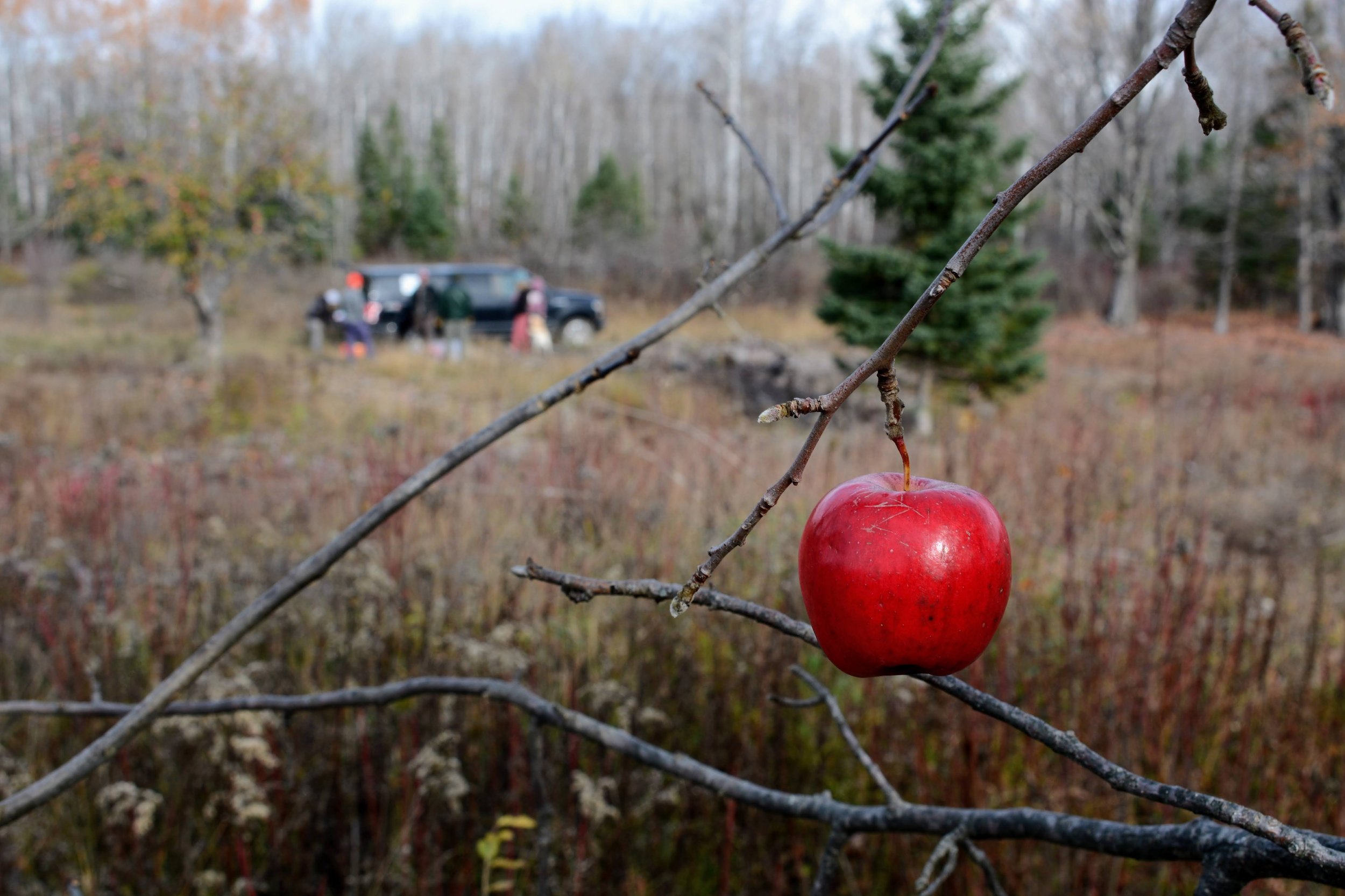Habitat Restoration in Progress at Two Preserves & Tuttle Marsh
Daniel Judd tows a flat harrow behind a four-wheeler at Hubbard Lake Nature Preserve in October. Judd and the rest of the Stewardship Team has since seeded the area with native wildflowers and grasses.
Landscape enhancement and restoration efforts are underway at two Huron Pines nature preserves and a third location at a federally managed wildlife area through our Native Seed Program.
Members of our Stewardship Team were at Hubbard Lake Nature Preserve in Alcona County Oct 30 where they harrowed and seeded a half-acre patch of ground formerly overgrown with invasive plants. Once established, the native plant meadow will serve as a showpiece for preserve visitors and as a valuable food source for native insects & wildlife.
Plant species being used in the meadow include little bluestem grass, butterfly milkweed, Gillman’s goldenrod and purple love grass. Visitors to the preserve are asked to keep out of the fenced area while the meadow establishes itself.
Huron Pines staff smile for a photo while seeding and fencing a wildflower meadow during an Oct 30 squall at Hubbard Lake Nature Preserve.
The crew progressed to Emily Min Hunt Preserve in Presque Isle County the following day to clear brush and scatter a blend of native seed which will restore diversity to the limestone glade once used as an apple orchard.
Species scattered here include bottle gentian, blue-eyed grass, horsemint and showy tick-trefoil.
In both cases, the seed used has been gathered from sites across Northern Michigan to take full advantage of local genotypes that are adapted for growing in this region and therefore have the best chance at survival. The seed mix for Hubbard Lake Nature Preserve leaned heavily toward showy flowering plants, while those chosen for Min Hunt are adapted to wetter or nutrient-poor soils like those found on the limestone bedrock glade.
A ripe apple hangs in the remnants of an orchard at Emily Min Hunt Preserve while our Stewardship Team prepares for a day of restoration work.
Restoration Technician Abby Macek was a member of our seasonal crew when the Native Seed Program was initiated in 2021. Since then, some of those seeds she gathered have been propagated at a local nursery, planted at restoration sites and revisited by our crew to collect the next generation of seeds and fuel our ongoing work.
A blend of native seed is ready to be scattered at Emily Min Hunt Preserve. Species chosen for the site are those that are tolerant of the nutrient-poor soil found in the alvar glade.
"The program has definitely come a long way and there's still more progress to come," Macek said. "To see our efforts starting to grow, bloom and spread on their own has been really rewarding. Knowing our process works gives me a good feeling for the future of our program as we expand to more sites across Northern Michigan."
This effort is also being applied at Tuttle Marsh Wildlife Area near Oscoda. Managed by our partners at the U.S. Forest Service, this 5,000-acre refuge has undergone significant restoration efforts by our team, including ongoing invasive species treatment & removal followed by the dispersal of native seed along a popular viewing area.
Our Native Seed Program is supported by the U.S. Fish & Wildlife Service's Partners for Fish & Wildlife program and the National Fish & Wildlife Foundation's Sustain Our Great Lakes program.




